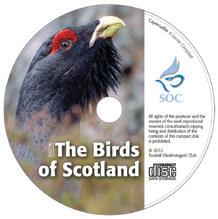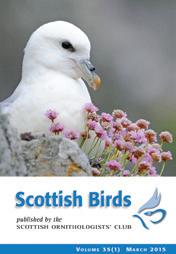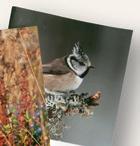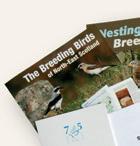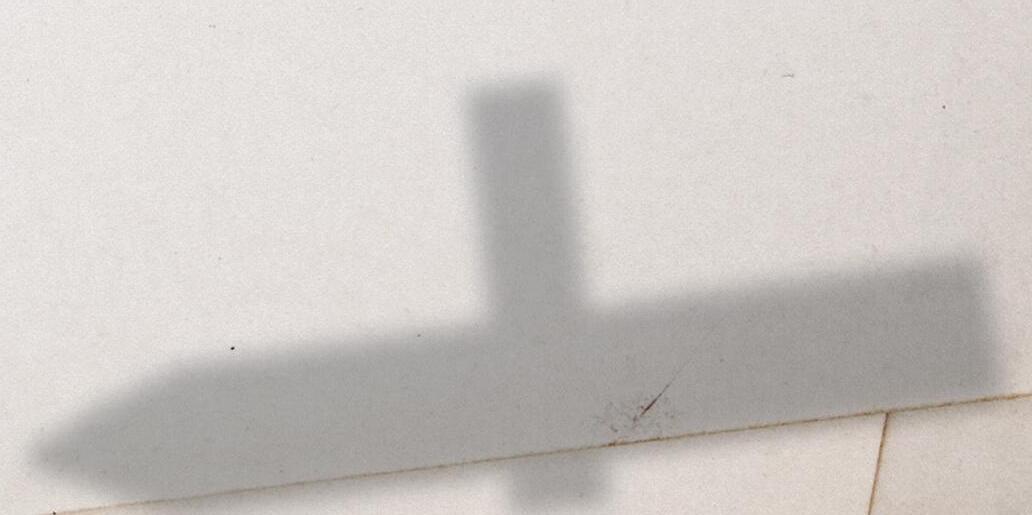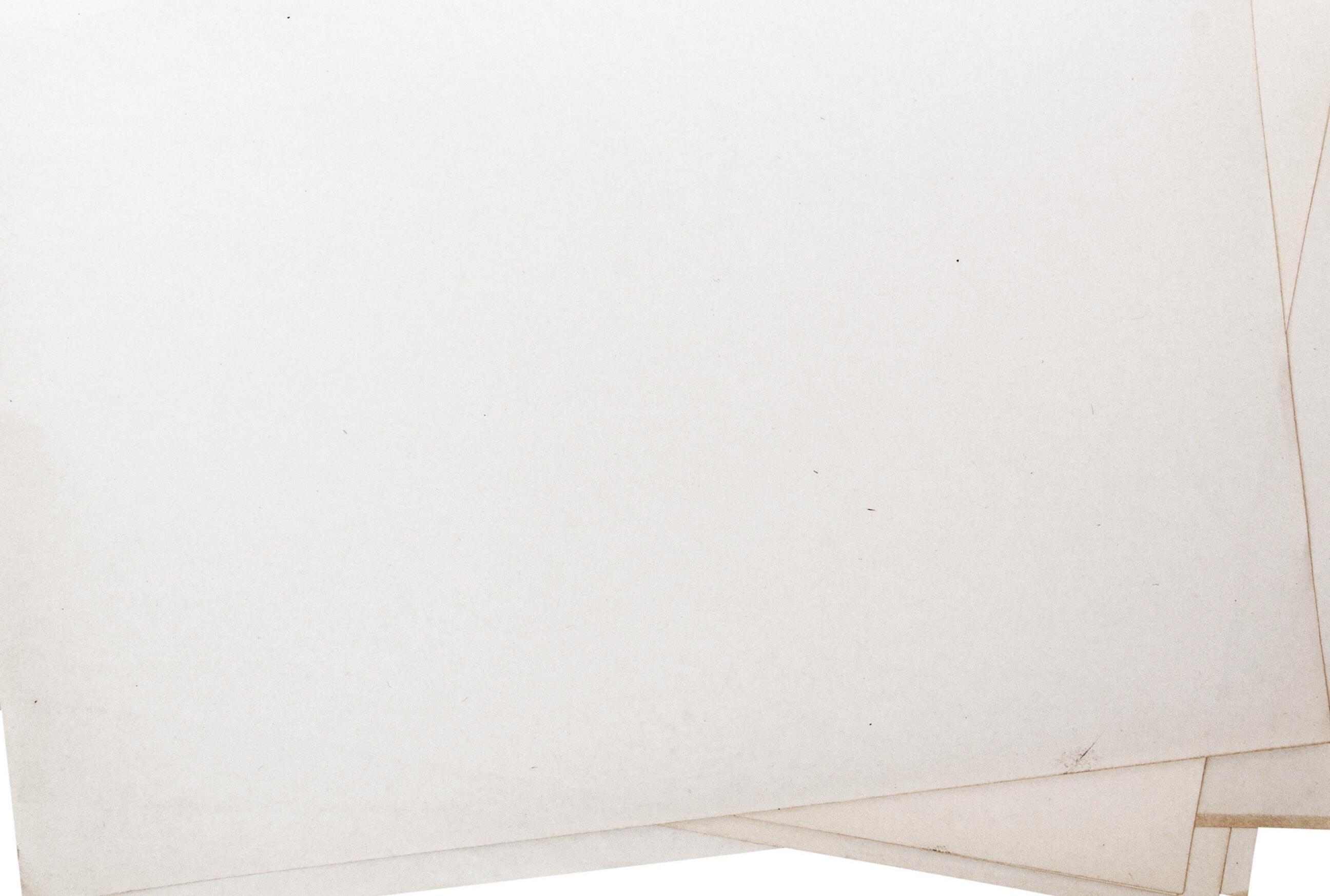The SOC














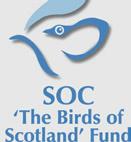



























Watching over our birds

A199 PrestonpansTo TranentTo EdinburghTo Golf course Racecourse Wader scrapes + 3 hides ngBoati Pond River Esk A199 B6454 P 7 1 3 4 2 5 6 Musselburgh Lagoons River Esk mouth * The best place in Britain to view Red-necked Grebe. Numbers usually peak at 40+ moulting individuals present in late summer. P StreetHigh B1348 P H H H Ash Lagoon Ash Lagoon Red-necked Grebe Long-tailed Duck Slavonian Grebe Eider Skylark * One of the best sites to view birds at close range * A patchwork of habitats enclosed by a man-made seawall A great site to see... * Goosander at close range (July-August) * Creches of days-old Eider chicks (June-July) * Black-tailed Godwit, Ruff and Snipe (autumn best) KEY Suggested route John Muir Way Driving road Rough track road Places to park Scrub/woodland Hide P H ANNUAL MEMBERSHIP RATES Adult (aged 18+) £32 Family (2 adults and all juniors at the same address) £43 Junior/Student (in full time education) £12 Unwaged (in receipt of state benefit) £12 Concession (pensioner) £24 Joint Concession (at same address) £31 To join the SOC or for more information about membership call 01875 871 330 visit www.the-soc.org.uk or email membership@the-soc.org.uk *Rates valid unti August 2017, subject to change thereafter. Offer not available to previous introductory offer subscribers. Please note, a £15 postage supplement applies to non-UK addresses. **Terms and conditions apply. See website for details. BEFORE YOU GO... Make sure you check the tide tables. For scanning, the use of a telescope could enhance your visit! PLEASE NOTE: Parking charges may apply at a number of the locations featured. AFTER YOUR VISIT Why not enter your sightings on www.bto.org/volunteer-surveys/birdtrackBIRDTRACK? Enjoy Scotland’s outdoors responsibly • take responsibility for your own actions • respect the interests of other people • care for the environment. Scotland’s Bird Club + an anonymous donor A1 Musselburgh FIRTH OF FORTH Gosford Bay Aberlady North Berwick WhiteDunbar Sands Barns Ness Bass Rock A199 B1348 A198 A198 A199 John Muir Country Park HADDINGTON A1807 To Edinburgh Waterston House Belhaven Bay & Bass Rock www.the-soc.org.uk About Waterston House * Birdwatching resources * Recent sightings board * Tide tables * Optical equipment * Wildlife art gallery * Year-round programme of events and exhibitions * Library and children’s corner * Gifts, bird food, cards, second-hand books & artists’ prints * Wildflower garden (seasonal) * Toilets * Tea/coffee making facilities FREE The SOC is very grateful for the financial support received from the following funders: © The SOC 2015. The SOC is a Scottish Charitable Incorporated Organisation SC009859 Design by LSDZIN www.lsdzin.com Slavonian Grebe by Ray Wilson www.raywilsonbirdphotography.co.uk Red-necked Grebe by Hugh Harrop www.hughharrop.com Belhaven Bay Aerial image by Cameron McVean/ Ashton Communication. Pink-footed Geese at Waterston House by Ian Andrews. Bass Rock cover image by Roy Merrifield www.roymerrifieldphotography.com Waterston House image by June Scott. All other photography courtesy of Laurie Campbell www.lauriecampbell.com Leaflet reprinted August 2015. Visit us at SOC HQ The perfect place to begin your birding trip to the area or if you’re new to birdwatching and looking to get started. Useful information Getting to East Lothian * Plan your journey to the coast using public transport at www.traveline.info or call 0871 200 22 33 * First Bus Edinburgh timetable information www.firstgroup.com * Scotrail train timetables, fare and ticket information www.scotrail.co.uk or call 0344 556 5636 * Walk or cycle the John Muir Way www.johnmuirway.org * Access and site information can change. If in doubt check with the landowner or East Lothian Countryside Ranger Service. Information on birdwatching in East Lothian * Lothian Bird News groups.yahoo.com/group/lothianbirdnews/ * For up-to-the-minute information on bird sightings and rarities in the Lothians, contact Birdline Scotland on 09068 700234* * Please note this is a premium rate service. Visit www.the-soc.org.uk/birdline-scotland/ for more information. Join us... Whether you’re new to birdwatching, a keen ornithologist or somewhere in between, the SOC can help you further your knowledge and enjoyment of Scotland’s wonderful birdlife. Who are we?
Recording
The data we collect
made available to conservationists, planners and developers and is one of the first points of reference in informed conservation planning. What’s in it for you?
On the one hand, a birdwatching club. The SOC is Scotland’s bird club with 15 branches around the country and a growing membership of over 3000. We bring together like-minded individuals with a passion for birds, nature and conservation. On the other, a network of volunteers across Scotland, gathering vital information about our wild birds.
and monitoring is our bread and butter.
is
* Welcome pack * The Club’s journal every quarter * A free thank you gift when you pay by Direct Debit** PLUS... * Talks and outings across Scotland * Access to Scotland’s largest ornithological library * The opportunity to connect with leading bird experts START from the seawall at the east side of the river mouth, best 2-3 hours before high de.ti A rich diversity of waders, wildfowl and gulls can be viewed at close range on the rising de.ti Going east along the wall, sea duck such as the dapperly dressed Eider and Velvet Scoter are present throughout the year with Slavonian Grebe, Goldeneye and divers seen in winter. Look out for Skylark and Meadow Pipit, which breed amongst the grassland, and migrants such as Wheatear. Check out the pond for Grey Heron and diving ducks on your way over to the wader scrapes. In summer, Swallows, nsMarti and sSwift carry out low tudealti y-bysfl
best), and swans. Height barrier: There is a height barrier at the entrance off the B1348. Wheelchair access: The seawall and hides are wheelchair accessible from the ngboati pond car park only. 1 2 3 4 5 6 7
If it’s birds you’re here to see, you’re in luck all year round Welcome to the East Lothian coast On the doorstep of Scotland’s capital city With a cdramati and varied patchwork of habitats along 40 miles of coastline (including estuaries, beaches, s,cliff dunes, rocky islands, salt marsh and man-made lagoons), a corresponding large number of bird species can be seen within a velyrelati small and accessible geographical area. From breeding seabirds to wintering wildfowl and from scarce passage waders to rare vagrants, the coastline of East Lothian provides ableunforgett birdwatching all year round. Some of nature’s top spectacles to look out for during your visit: * Tremendous gaggles of Pink-footed Geese touching down on Aberlady Bay (Sept-Nov) * Gannet plunge diving close inshore (Feb-Oct) * The seabird cities of Bass Rock, Forth Islands & Dunbar Harbour Telephone: 01875 871 330 Email: mail@the-soc.org.uk Website: www.the-soc.org.uk www.facebook.com/ scotlandsbirdclub www.twitter.com/ scottishbirding Contact us The SOC Waterston House Aberlady East Lothian EH32 0PY Open 7 days a week (except over the festive period). Check website for detailed opening hours. 140915_SOC_16PP_DL_LEAFLET_FINAL.indd 1 14/09/2015 23:27:37
* The first Local Nature Reserve in Britain


* A bird list almost unrivalled elsewhere on mainland Scotland




* A large area of mixed habitats on the edge of a tidal bay



From early September, up to 30,000 Pink-footed Geese can descend on the county to spend the winter here or fuel up before continuing south.

Seeing them fly in to roost on the bay at dusk is a spectacular site and one not to be missed!

There are often Barnacle Geese in their midst. Watch the spectacle from the car park or Goose Green or join in with one of the SOC’s Goosewatch events.

Geese over SOC HQ

Bass Rock & North Berwick 7 P
KEY Suggested route John Muir Way Driving road Parking P



Puffin are found in significant numbers on the nearby Forth island of Craigleith.















START Access to the reserve is via the wooden bridge where you are immediately greeted by waders and wildfowl on the Peffer Burn below.
Crossing the bridge heading for the Marl Loch, look out for Whitethroat, Sedge Warbler (summer) and Reed Bunting en route to and around the loch and on the way to checkpoint 4.
Look out for ducks and Little Grebe on the loch itself.
Continue to follow the path towards the beach. Watch out for Short-eared Owl hunting over the marsh or Stonechat perched on a bush. The beach itself is favoured by Sanderling in winter, with Snow Bunting sometimes seen along the dune edge.

Gullane Point at the north end of the reserve is a good location from which to scan the Forth and is an excellent place to view seabird passage. Red-throated Diver and Common Scoter are all common in winter, with rafts of Eider present all year.
As you return to the car park, look out for Bullfinch and Fieldfare (winter) feeding on Sea Buckthorn.
1 2 3 4 5 7 8 6 9
















Goose Green is an excellent place to watch the birds in the bay and the geese in autumn.
Walk from Goose Green to Kilspindie checking the bay for birds as you go.
Waterston House, the HQ of the SOC, is a must for any birdwatcher to Aberlady.
A recent sightings board, tide tables,
A large number of birds utilise the reserve throughout the year and it is crucial that visitors keep to the main paths so as not to disturb breeding, feeding or roosting birds. To minimise disturbance to wildlife, dog walkers are requested to walk their dogs at nearby Yellowcraigs, Longniddry or Gullane Bents (beach), which are not nature reserves and only a 5 minute drive away.
tea/coffee making facilities and toilets are available. Friendly staff and volunteers will be delighted to point you in the direction of your next wildlife spectacle as well as help plan your birdwatching trip around the area.
See page overleaf for more information on Waterston House.


























Wheelchair access: The reserve is accessible over a wooden bridge and thus is not suitable for wheelchair users. Some birdwatching from the reserve car park. Goose Green is wheelchair accessible.
The Scottish Seabird Centre at North Berwick harbour offers visitors the chance to drop in on seabird city life, with remote controlled cameras on the Bass and neighbouring Forth islands. The centre also has exclusive Bass landing rights. Contact the Seabird Centre on 01620 890 202 or visit their website www.seabird.org for more information.
Go on a Forth boat trip with one of the local operators in the area for the multi-sensory experience (vocalisations and the whiff of guano).
Details are advertised on the boards at North Berwick harbour.



The harbour is also a good spot for seeing Purple Sandpiper and Turnstone at high tide.
Estuary
* A patchwork of habitats, attracting a wide range of birds throughout the year
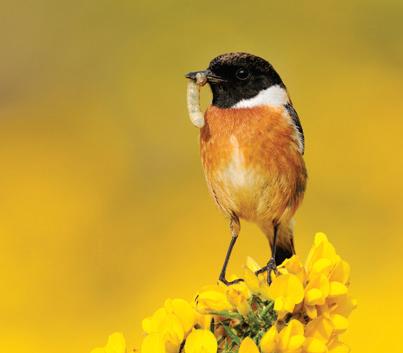


* Due to the large area the park encompasses, the site is accessible from several directions

1 2 3 4 5 6



















H A198 1 2 3 4 Waterston House Wheatear Short-eared Owl









* Lothian’s North Sea coast is always worth a visit, but the Barns Ness area is migrant Mecca in the right weather conditions/season (onshore winds or drizzle).
* The first area of land for migrants blown off course from Europe.
START On your way to the lighthouse, check out the recently flooded White Sands Quarry, which shows exciting potential for birds and birdwatchers alike and is worth a look at any time of the year. A small hide on the right at the bottom of the hill is the only viewpoint. The undisturbed grassland bordering the lake attracts finches, larks and pipits. Kestrel and Short-eared Owl (winter) may be seen hunting for small rodents.
Taking the John Muir Way (signposted) leading to Ware Road, check out Hedderwick plantation for Great Spotted Woodpecker and Treecreeper. Continuing along the John Muir Way, Sand Martin nest in the small sandy cliffs below the path. Whitethroat (summer), Yellowhammer and Tree Sparrow are best seen along the Ware Road.
Taking the red route along the edge of the salt marsh, look out for flocks of Linnet and Twite in the winter. During high spring tides, this area floods and turns into wader Mecca (e.g. Ringed Plover and Dunlin).

The sand spit at the mouth of the estuary is a good place to check the shore for waders (e.g. Grey Plover and Curlew). It’s also an excellent place to see terns fishing in the shallows offshore, particularly in late summer and autumn when large numbers of Goosander also congregate.
At the innermost part of the bay, many of the waders and wildfowl roost at high tide and in winter, this can be a good place to see geese, ducks and swans. Consequently, it’s a favoured hunting ground of Peregrine and Merlin.
The red route towards Belhaven Bay and Seafield Pond (nearest access from Shore Road car park) contains a good range of gulls and waders. Seafield Pond holds a variety of freshwater duck and Coot. Moorhen and Little Grebe are all regulars.
Height barrier: Height barrier in existence at Linkfield car park.
Disabled access: Rough paths mean this site is not suitable for wheelchairs.
Continuing towards Barns Ness, look out for Stonechat and migrating Wheatear. The scrub around the ‘wire dump’ and nearby woodlands, are some of the best places to look for both common and scarce migrants (in favourable weather conditions e.g. easterly winds) such as warblers, flycatchers, thrushes and finches. There is even the chance of a vagrant rarity.
The lighthouse is one of the best sites in the Lothians for viewing seabird passage with Gannet, auks, Kittiwake, terns and skuas all possible in the right season (best when onshore winds).
The beach to the south-east of the lighthouse is a good place to see wagtails and pipits (mainly in winter).
Height barrier: Height barrier in existence.








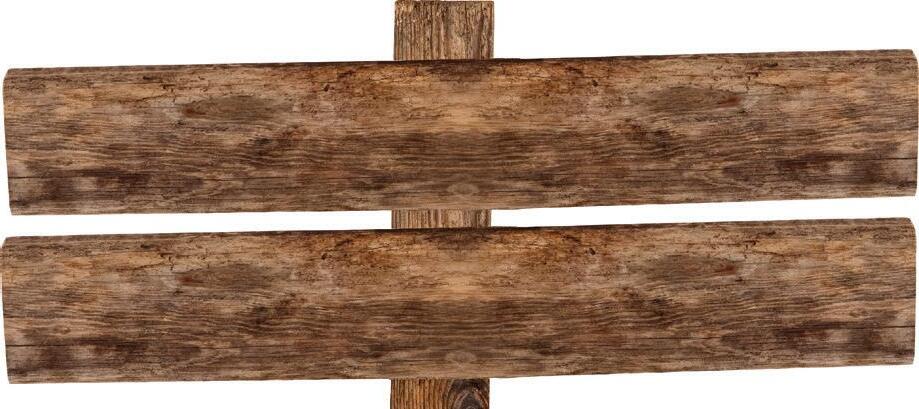







Disabled access: Paths are rough and hilly and thus unsuitable for wheelchair users.
During the spring and summer, Dunbar harbour offers excellent views of Kittiwake, which nest on the red sandstone blocks of the old castle walls. With several hundred noisy birds there, it’s worth a visit for the sound alone.

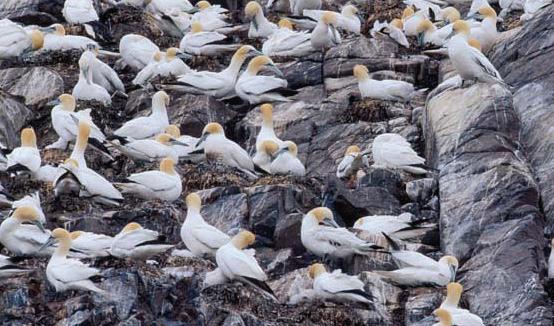


Nesting Fulmar can be seen from the cliff walk west of the harbour and the easternmost harbour wall is one of the best places to see Purple Sandpiper during the winter.




2 3 1 4 140915_SOC_16PP_DL_LEAFLET_FINAL.indd 2 14/09/2015 23:28:46

































































































































































START the wooden bridge where you are immediately greeted by waders and wildfowl on the Peffer Burn below. Crossing the bridge heading for the Marl Loch, look out for Whitethroat, Sedge Warbler (summer) and Reed Bunting en route to to and around the loch and on the way to checkpoint 4. Look out for ducks and Little Grebe on the loch itself. Continue to follow the path towards the beach. Watch out for Short-eared Owl hunting over the marsh or Stonechat perched on a bush. The beach itself is favoured by Sanderling in winter, wito the dune edge. A198 ToNorth Berwick Seafield Pond A1087 ToEdinburgh ToDunbar Linkfield Car Park P P Hedderwick Burn BELHAVEN BAY SPIKEISLAND RIVER TYNE INNER BAY Ware Road Biel Water Hedderwick Hill Plantation 1 2 3 5 6 T T V V V BARNS NESS To Skateraw Lighthouse Campsite WHITE SANDS QUARRY WHITE SANDS BAY To Edinburgh ToDunbar A1 A1087 CEMENT WORKS No Access No Access ACTIVE QUARRY No Access P P T H Dunbar Fulmar Purple Sandpiper Kittiwake KEY Suggested route John Muir Way Driving road Viewpoint Parking Toilets Scrub/woodland Salt marsh Rocks V KEY Suggested route John Muir Way Driving road Parking Toilets Scrub/woodland Hide P T To CementWorks P T
Tyne
Belhaven Bay
Shag Dunlin GULLANE POINT ABERLADY BAY KILSPINDIE PefferBurn P Marl Loch Goose Green NO PUBLIC ACCESS ABERLADY A137 A198 1 km 1 2 3 4 5 6 8 9
Kilspindie Gullane
Aberlady Bay
Point
Barns Ness White Sands Gannet Puffin
Stonechat
ToNorth Berwick
Ringed Plover
START at Linkfield Car Park. Whichever of the indicated routes you take (John Muir Way {blue route} or red route) leads to the inner bay where large numbers of the common waders (including Dunlin, Sanderling and Ringed Plover) and wildfowl feed at low tide. Finding them however, can be a challenge; the incoming tide can scatter birds in all directions and they can feed and roost virtually anywhere in the bay.
Aberlady Bay offers a diverse range of waders in large numbers. Lapwing, Knot, Bar-tailed Godwit, Ringed Plover and Sanderling are all easy to see. Wildfowl are also present in high numbers including Teal, Mallard, Shelduck and Wigeon. In winter, Peregrine and Merlin can be seen hunting the bay.
The Bass Rock is the biggest Northern gannet colony in the world. During peak breeding season, the rock literally swirls with birds, including the activity of around 150,000 Gannets. A number of other species of seabird utilise the rock. Healthy breeding populations of Shag and Guillemot occupy the lower ledges.



